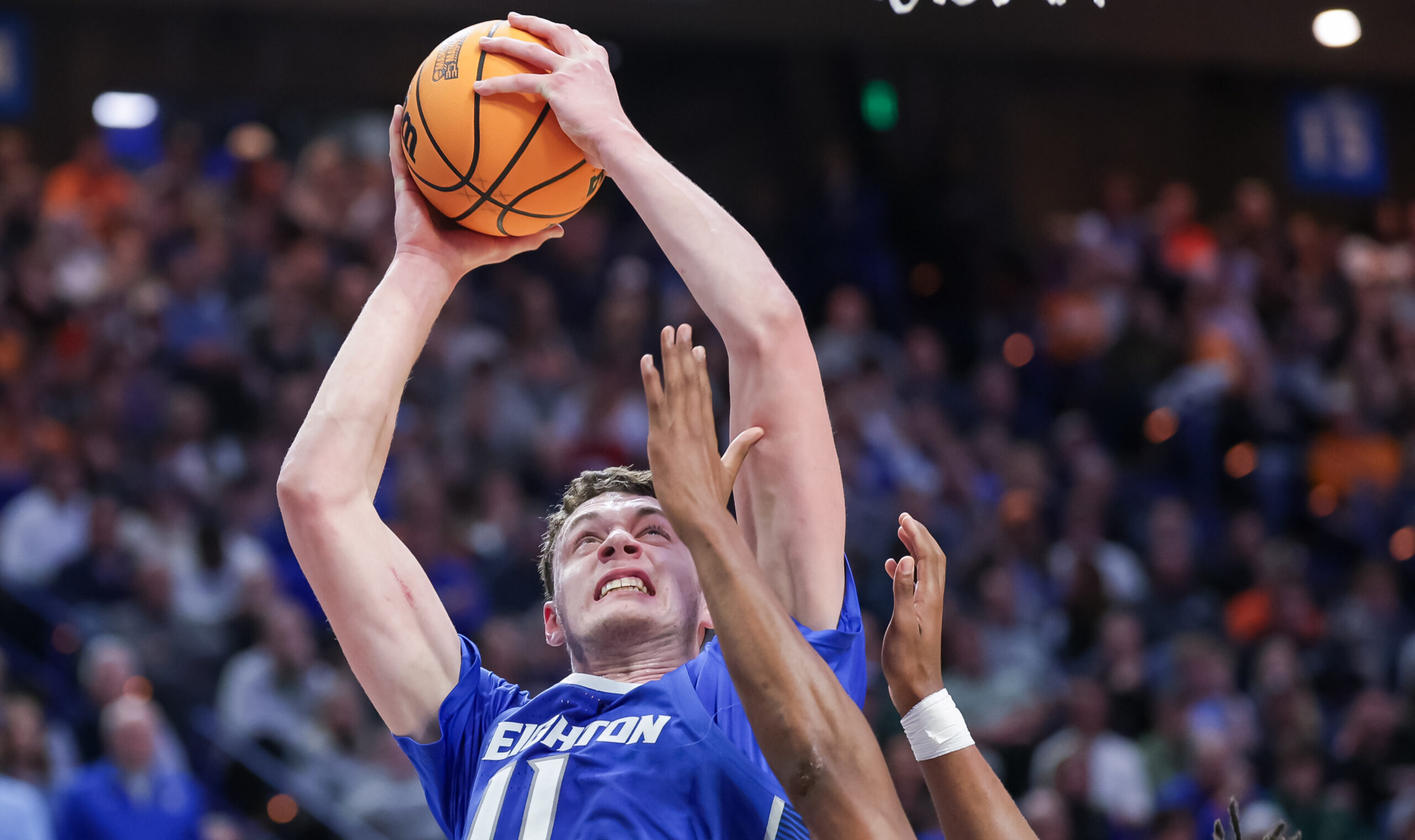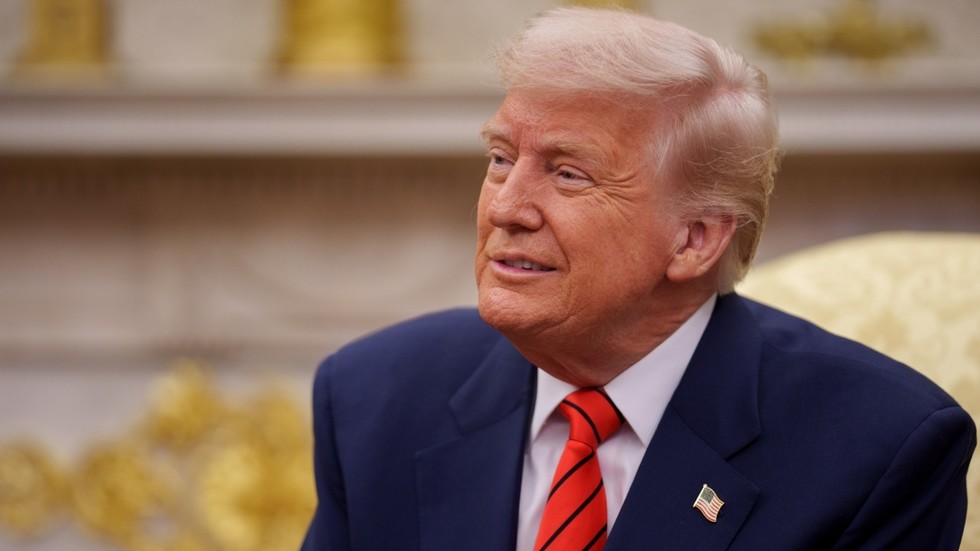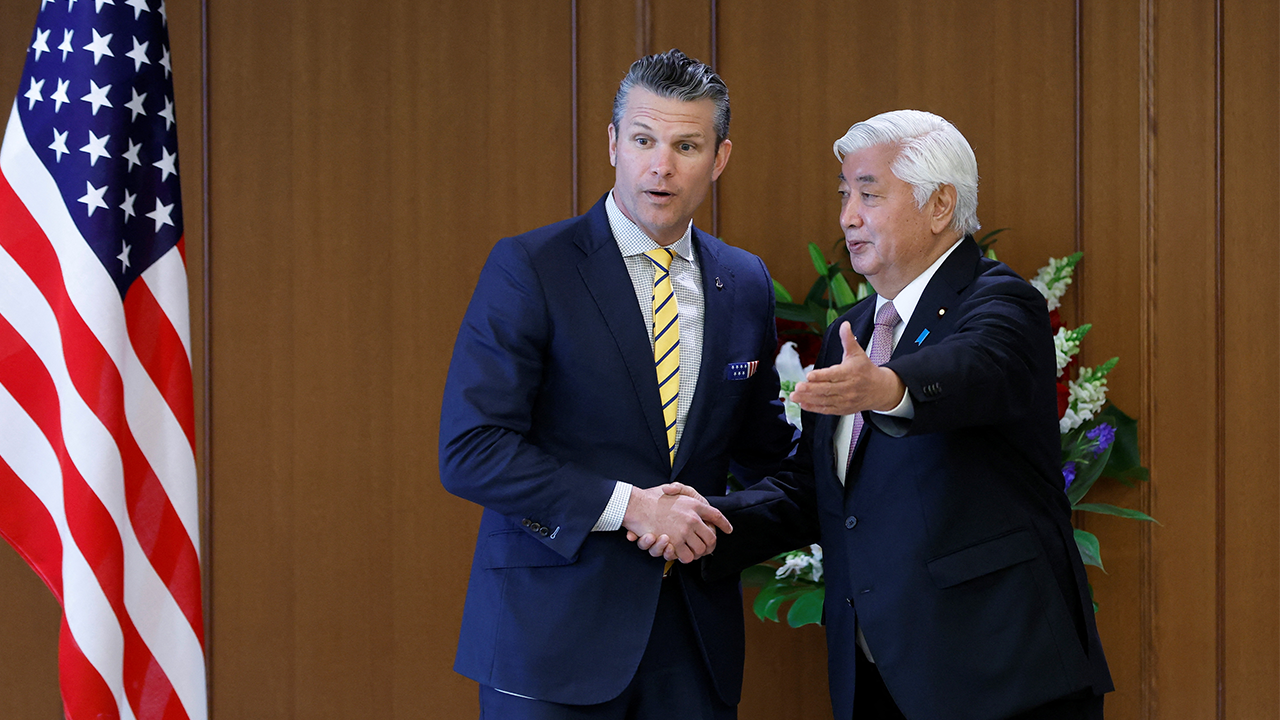Culture
Has NIL actually ruined college basketball?

The hoop-heads were livid.
NCAA’s March Madness, long known for its incredible upsets and thrilling Cinderella stories, wasn’t living up the hype. In unison, pundits shouted with indignation: College basketball’s season-ending tournament that has produced some of the most compelling sporting stories in history had been sold to the highest bidder.
Barstool Sports’ Dave Portnoy called it the “worst 1st round of the tournament ever.” Outkick’s Clay Travis claimed the injection of Big Money had “destroyed mid-majors in college basketball.” Purdue was laying it on McNeese State before the halftime whistle on Saturday when my father, curled up on the couch, rolled his eyes: “They’ll have to have two tournaments.”
For the first time since 2007, no teams seeded 11th or lower advanced to the Sweet 16. The biggest underdog success story at this year’s tournament is arguably a student manager, the boom-box wielding Amir “Aura” Khan, whose stereo-pumping walkouts in front of the McNeese basketball team has netted him more than $100,000 in NIL (Name, Image, and Likeness) deals. Topps, Under Armor, Buffalo Wild Wings, and Insomnia Cookies—they all wanted a piece of Khan’s viral videos, and they were willing to pay.
Big Money, whose influence once was consigned to the murky shadows of college athletics, is now being legally thrown around at record rates for the whole country to see. Actions that could once ruin a program, a coach, and its players are now commonplace in the new era of college hoops. When the Maryland freshman sensation Derik Queen was asked, following his buzzer-beating shot against Colorado State late Sunday night, why he listens to coach Kevin Willard, Queen summed up the new era of college hoops in one simple sentence: “He do pay us the money, so we gotta listen to him.” Audible laughs echoed through the press pool. Willard buried his face in his hands, clearly uncomfortable with the answer.
“The transfer portal is crazy,” Willard said the next day. “There are kids asking for $2–3 million right now. The money has exploded because we have no guardrails. We have no rules. It’s been as badly of a rule implemented as ever [sic]. And agents are taking advantage of it.”
More worrying than the money itself, however, is what the money is doing to parity in the tournament. This year’s edition will feature zero mid-major teams, zero Big East teams, and only one team from the once-vaunted ACC in the second weekend of the competition. The SEC, once a doormat in the college basketball world, will send seven of its squads to the Sweet 16, breaking the record for the most Sweet 16 teams from a single conference. That figure is no surprise to those who have followed the arc of this year’s college basketball season, as 14 of the 16 SEC teams were gifted bids to the NCAA tournament, another record-breaker. Teams such as Texas, Oklahoma, and Vanderbilt won entry into the season-ending tournament despite posting losing records in conference play.
SEC teams, backed by huge cash flows, have a sizable advantage over the vast majority of the 352 teams across 31 conferences that make up the NCAA Division I tier of college basketball. Though considered a football-first conference, featuring perennial powerhouses such as Alabama, Florida, Texas, and Auburn, the SEC has suddenly vaulted to the top of college basketball by showering players and coaches with large sums of money. Loosened transfer restrictions, which allow players to jump between schools between seasons without penalty, have aided top teams who routinely pick off the best talent on mid-major squads that perform well during the season and in the tournament.
The process has created chaos, especially at mid-major programs such as VCU where I earned my graduate degree in 2011. That year, the Rams went on a miracle run behind a senior-laden squad and their firebrand, 35-year-old coach Shaka Smart. VCU made it all the way to the Final Four, finally defeated by Butler, another mid-major school. That performance is remembered as one of the greatest moments of the NCAA tournament and represents a bygone era of the sport where a cohesive squad, built over the course of several seasons, could utilize its cohesion to drop some of the top squads in the tournament.
Those days appear to be likely over thanks to the influx of big money. Following VCU’s loss to BYU in its first game of this year’s tournament, VCU lost its coach to in-state rival UVA and almost every player from the Rams squad immediately entered the transfer portal. Now, any mid-major team that performs well in the tournament can expect its coach and players to be scooped up within moments of their final loss. Amid the madness of this year’s March, coaches and players entered the transfer portal within hours of their seasons ending, leaving fanbases of mid-majors such as VCU reeling.
The only team to make it to the Round of 16 outside the blue-bloods of college basketball is BYU, an interesting test case in its own right. BYU and its wealthy donor base has jumped head first into the new landscape of college hoops. Though this year’s team didn't have to “spend their way to the top,” BYU essentially bought AJ Dybantsa, the #1 high school recruit in the 2025 class, when they offered an eye-watering sum of $8.5 million to the Massachusetts phenom. “You’re not going to outbid us,” Paul Liljenquist, a top program booster, told ESPN earlier this year. That statement summarizes the evolution of college basketball—from a game of deep loyalty to one of deep pockets.
Despite the clear downsides afoot in college hoops, viewership of the tournament has never been better. The first weekend averaged 9.4 million viewers, making it the highest-viewed weekend of the tournament since 1993 and up three percent from 2024. Sunday’s figures alone were more than 10 million as powerhouse matchups of Duke–Baylor, Kentucky–Illinois, and Florida–UConn featured on the CBS flagship station.
Subscribe Today
Get daily emails in your inbox
For every person complaining that NIL has ruined basketball, there seem to be just as many tuning into the actual games—and for good reason. Because mid-majors failed to topple the favorites in the opening games, the Round of 32 matchups featured blue-bloods battling for the second weekend. UConn vs. Florida. Creighton vs. Auburn. Houston vs. Gonzaga. Michigan vs. Texas A&M. The games on Saturday and Sunday were stacked with top teams strutting their stuff in front of a national audience. For fans who prefer quality over narrative, this was a Round of 32 to be remembered.
Legendary coaches John Calipari and Rick Pitino also faced off against each other and their squads, Arkansas and St. Johns, fought for 40 minutes in a marquee matchup that would’ve pleased all basketball fans had it featured as the National Championship game. The Razorbacks reigned supreme, and two of college basketball’s greatest coaches shared handshakes at center court. It was a made-for-tv moment. Cinderella had officially missed her carriage ride but the show had never been better.
The NCAA is not turning back the clock. The advantage of Big Money and wealthy donors will continue to carve out the new landscape of college athletics. We can expect guidelines to temper the chaos in coming seasons, but it’s unlikely the tournament ever returns to its fantastical roots. For now, college basketball fans are just going to have to enjoy the new show in which the best and wealthiest teams compete for a national championship.

 By The American Conservative | Created at 2025-03-27 04:20:15 | Updated at 2025-03-30 10:33:32
3 days ago
By The American Conservative | Created at 2025-03-27 04:20:15 | Updated at 2025-03-30 10:33:32
3 days ago








